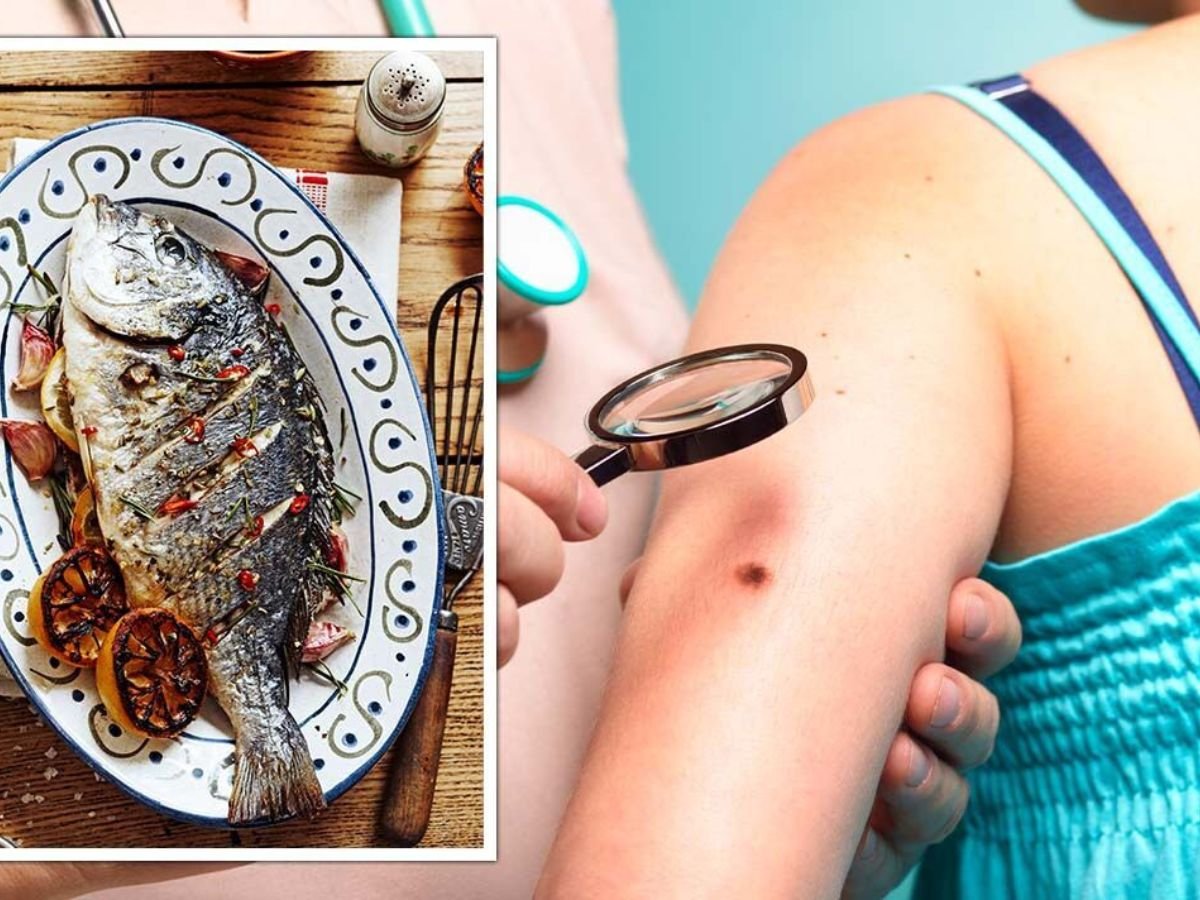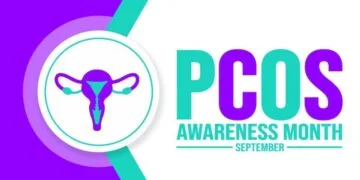Fish, You wouldn’t expect to see fish and melanoma in the same headline, but they did last week. Researchers in the United States discovered an increased chance of acquiring melanoma, a frequent type of potentially fatal skin cancer, in persons who ate a lot of fish.
Polychlorinated biphenyls (PCBs) are synthetic chemical pollutants used as equipment coolants and lubricants, as well as paint additives. PCBs are routinely present in the environment and have the potential to cause cancer in humans.
A closer examination of the data, however, reveals that the findings do not necessarily imply that we should all eliminate fish from our diets in order to avoid skin cancer.
Aside from the headline The headline is based on a published study that studied over 490,000 persons in the United States for more than 15 years and reviewed cancer registry databases to determine how many melanomas happened among the same group of adults.
Researchers classified melanomas as “in-situ,” which means they were found on the skin’s surface, or “malignant,” which meant they had spread deeper.
They also used a trustworthy food-frequency questionnaire to ask study participants how much fish they ate on a regular basis.
Participants in the study indicated how frequently they ate fish as well as the portion sizes of fried fish or fish sticks, non-fried fish, or seafood such as flounder, cod, shrimp, clams, crabs, or lobster.
They also stated how much and how frequently they consumed canned tuna, including both water-packed and oil-packed tuna.

The average amount of fish consumed by people in the research ranged from 20 grammes or less per week (equal to half a matchbox) to almost 300 grammes per week.
Over the 15-year study period, there were 510 cases of in-situ and 802 cases of malignant melanoma among the lowest fish eaters, compared to 729 and 1102 cases in the highest fish-eating group.
This means that those who ate the most fish had 28 percent higher rates of melanoma in-situ and 22 percent higher rates of malignant melanoma.
When it came to specific types of fish, persons who ate more tuna and non-fried fish had a higher melanoma risk.
Surprisingly, there was no correlation with fried fish consumption. While this appears to be counter-intuitive, it is most likely owing to the relatively low intakes of fried fish, which range from less than one to seven grammes per day (equivalent to one heaped teaspoon).
Although the researchers controlled for variables that could influence results, such as physical activity, smoking, a family history of cancer, and alcohol use, the adjustment for daily UV exposure was simply based on the average UV index for the area they resided in.
This suggests that no adjustment was made for UV exposure caused by a person’s work.
They also lacked data on melanoma risk variables such as mole count, hair colour, a history of severe sunburn, and individual sun-related behaviours.










































